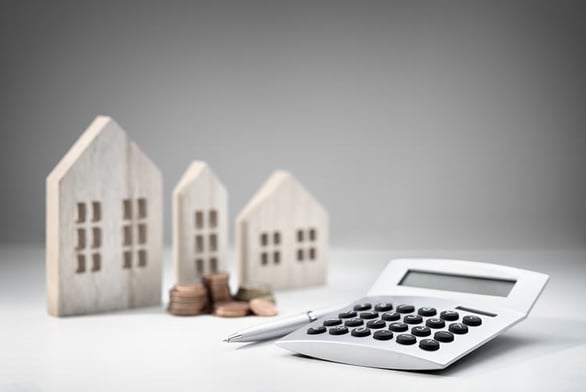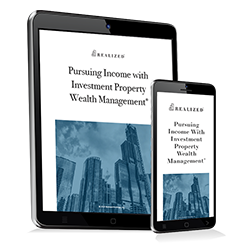
Knowing the value of a property you are considering for purchase is critical. Accurate information helps you understand how much to pay for an asset that you want, enables you to avoid overpaying, and assists you in identifying an opportunity. There are several methods of valuing property:
Sales Comparison
As with homes purchased for residential use, sales comparisons are the most common valuation method used when buying investment properties. The approach involves comparing the property to others with similar features nearby and reviewing the relative prices. This method is simple but not precise. No two properties are the same, and conditions may vary widely. For a comparison to be helpful, it must be extremely close and very recent.
Gross Rent MultiplierThe GRM is a straightforward calculation that can be helpful if potentially oversimplified. The point of caution is because it doesn't account for costs like taxes, insurance, utilities, and vacancies. You just take the property's value and divide it by the amount of rent you expect to collect annually.
For example, if you purchase a rental for $700,000 and expect to collect $130,000 in rent, you will divide $700,000 by $130,000 for a GRM of 5.38. On the other hand, if you know the annual rent and the GRM, you can reverse the equation and determine the value (5.38 X $130,000 = $699,400).
Using the GRM (Gross Rent Multiplier) approach can be helpful as one of several factors when evaluating a property. If a potential acquisition has a lower GRM, it may indicate that the older property will need repairs and renovations. A higher GRM may signal a newer, more up-to-date property with a higher purchase price but less maintenance cost in the near term and potentially higher rental income availability.
GRM scores should also be considered relative to the location and other risk factors for a comprehensive view.
Income ApproachUsing this method, the investor divides the net operating income by the capitalization rate of the property. (The capitalization or cap rate is obtained by dividing the NOI by the property value. For example if the property value is $1.25 million and the NOI is $100,000 the cap rate is $100,000/$1,250,000 or 8.0%). If you turn this around because you have access to the NOI and the cap rate but not the property value, you can run the formula in reverse to determine the property value.
Special Considerations Using the Capitalization Rate
Keep in mind that using the cap rate to assess value assumes that a return is the product of an all-cash transaction. The cap rate doesn't include financing or acquisition costs (like real estate agent commissions, for example). If you are using this valuation method, you may want to consider adding an element to account for these costs.
Also, remember that the cap rate may change as the asset matures. If the property value increases (as you hold it over time) but the rent collected remains stagnant, the cap rate will decrease.



